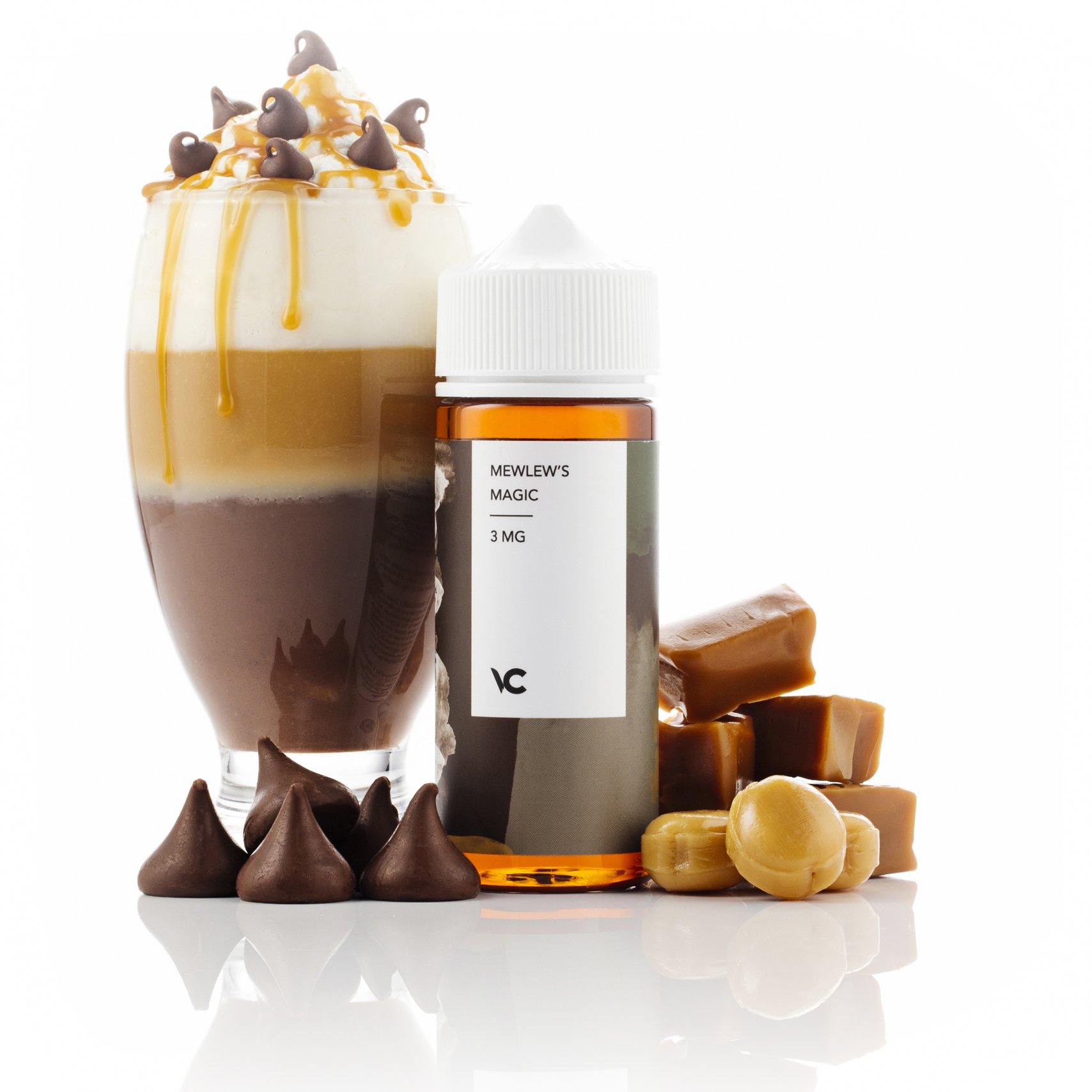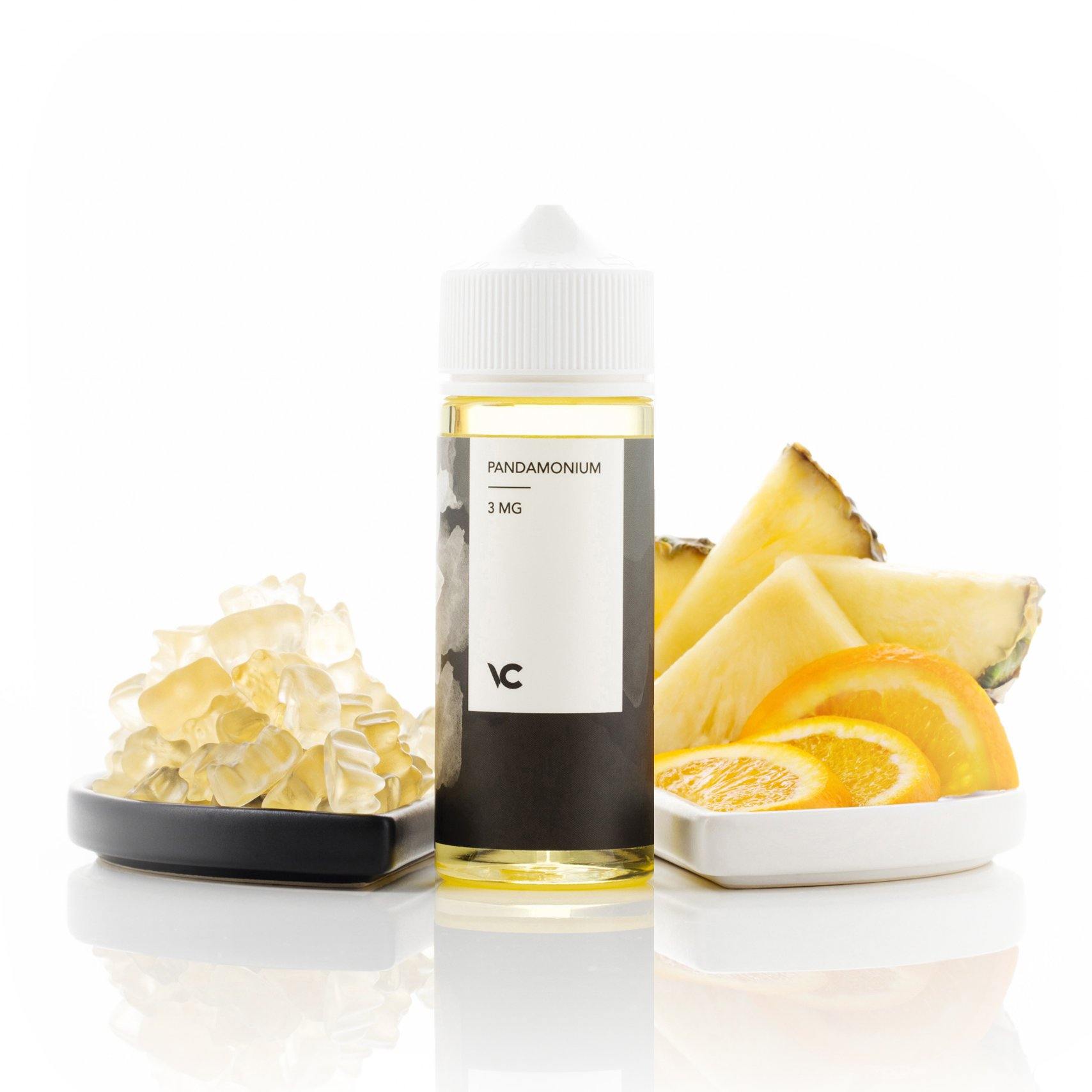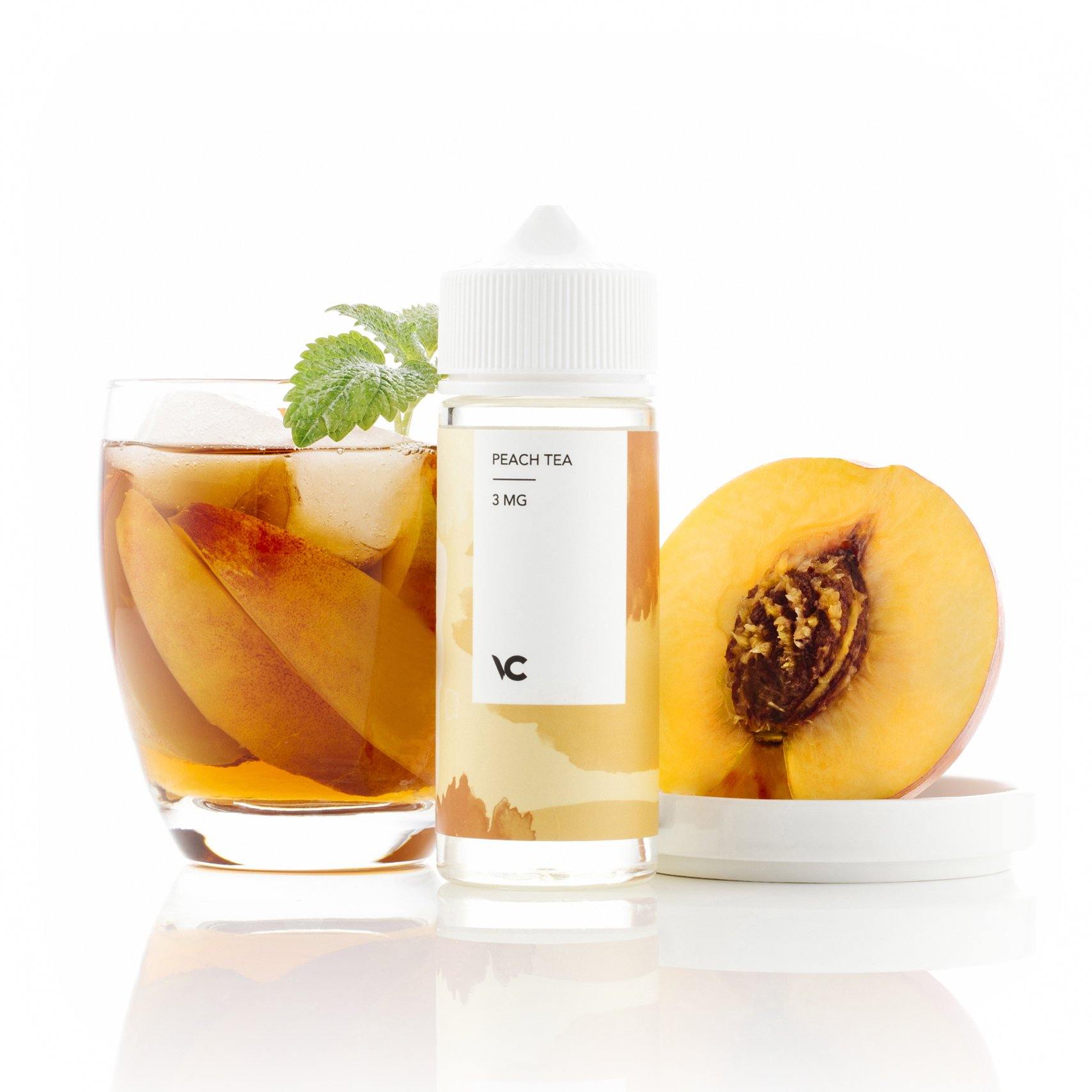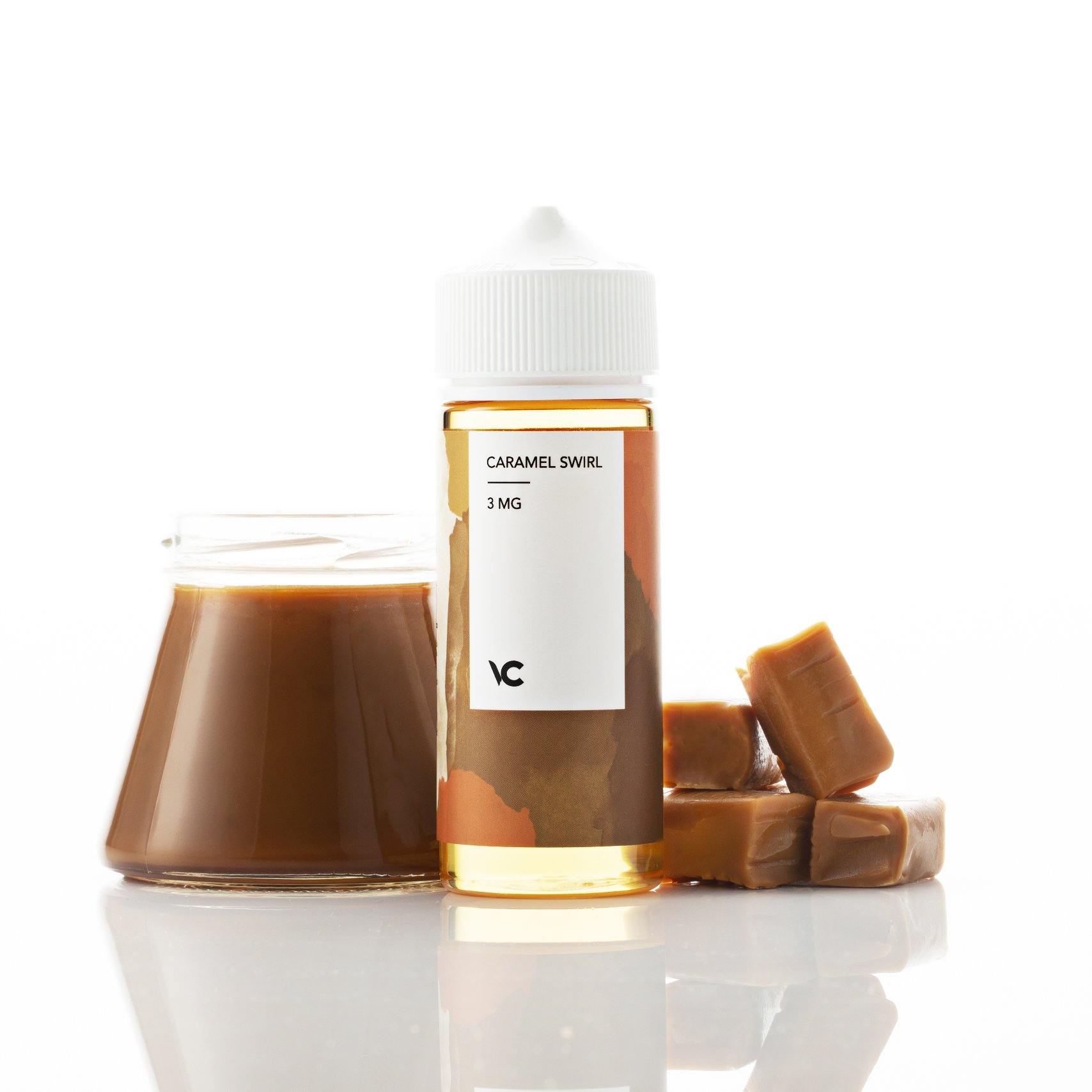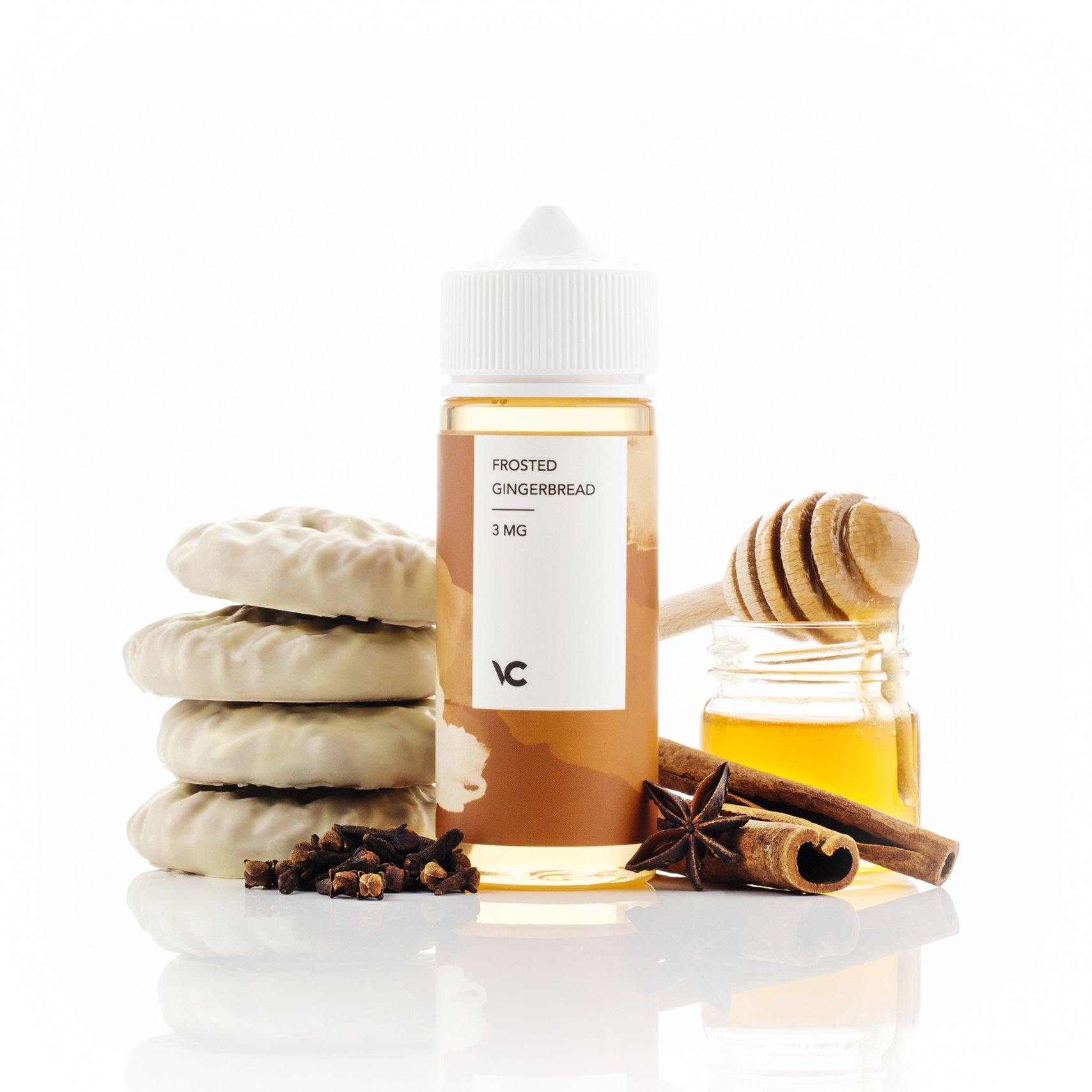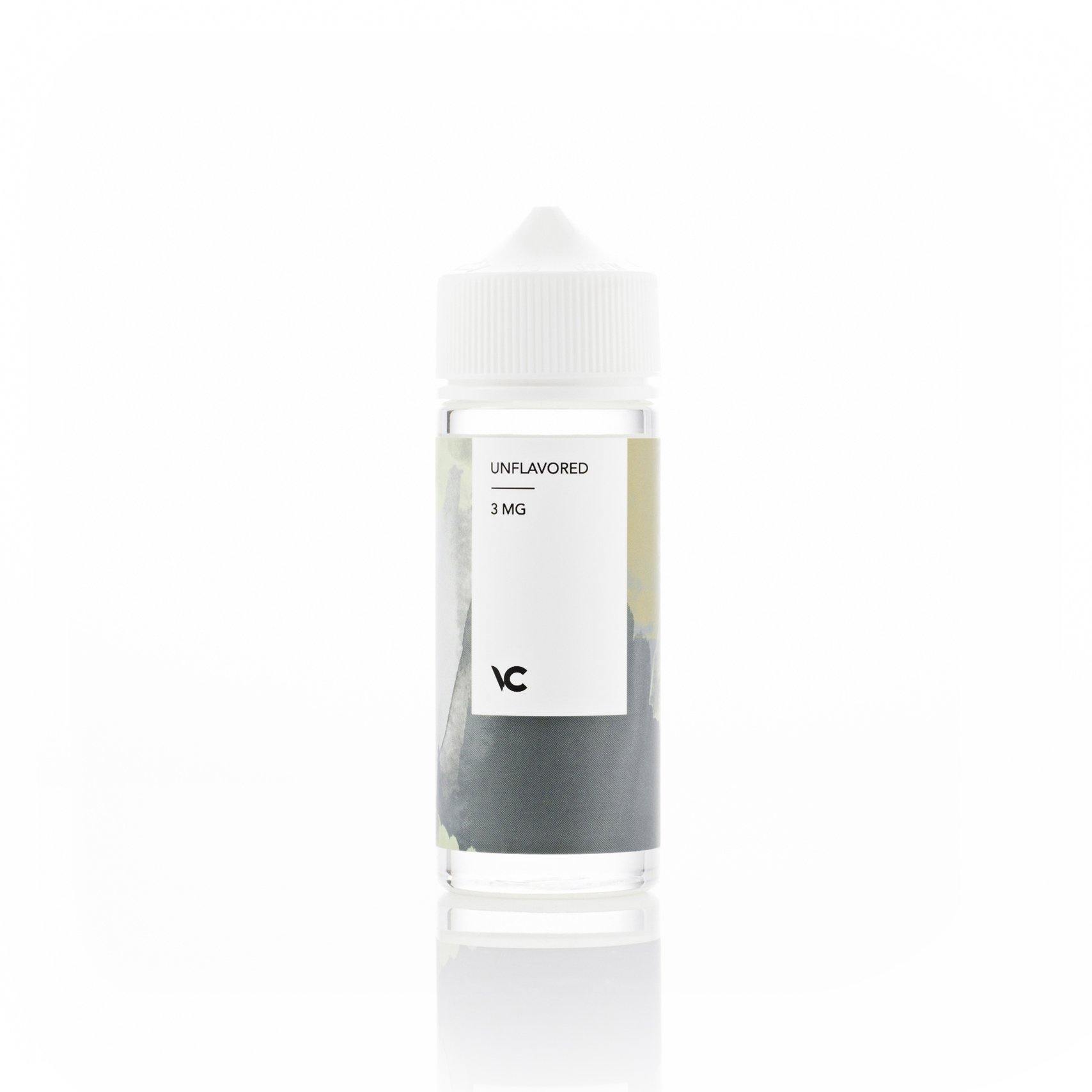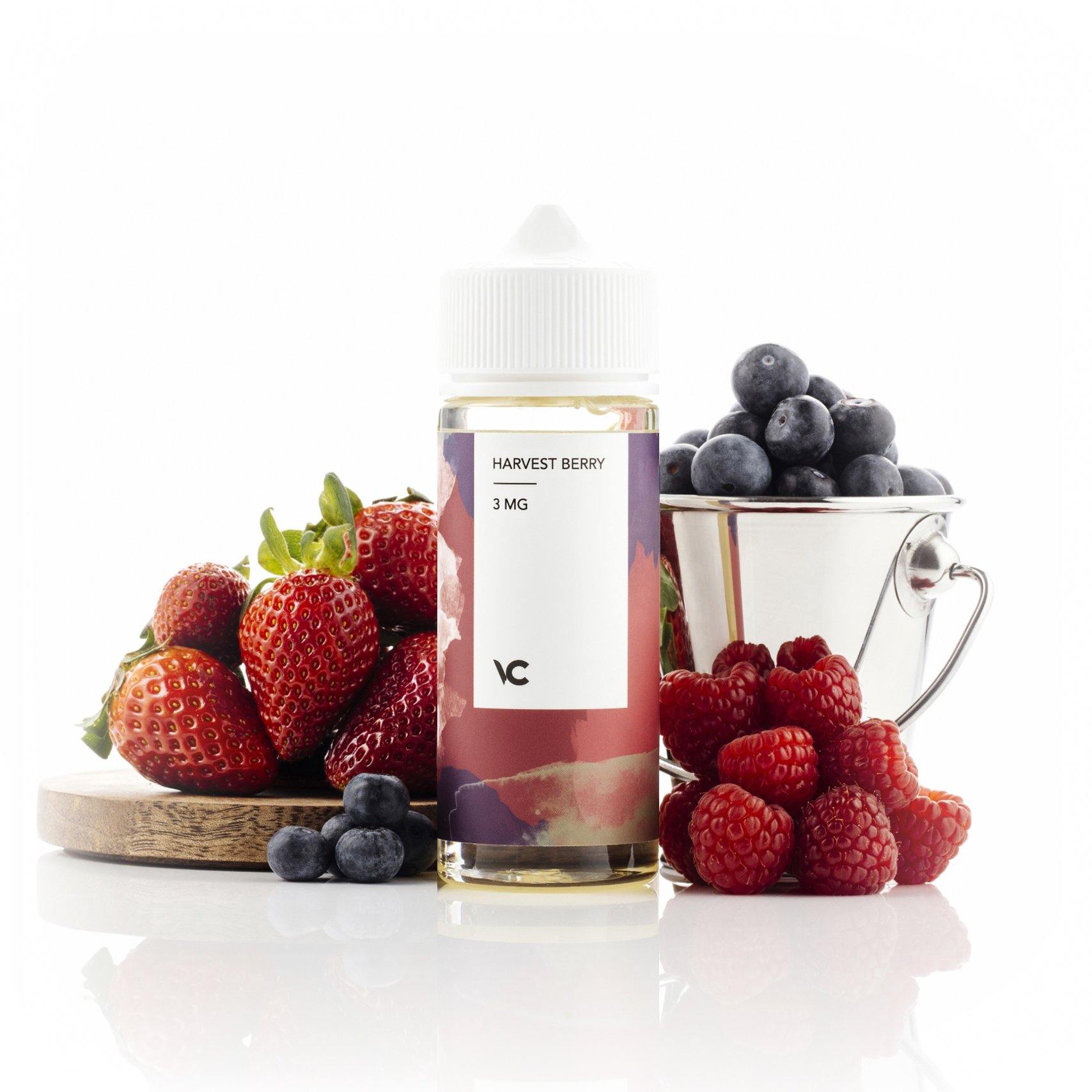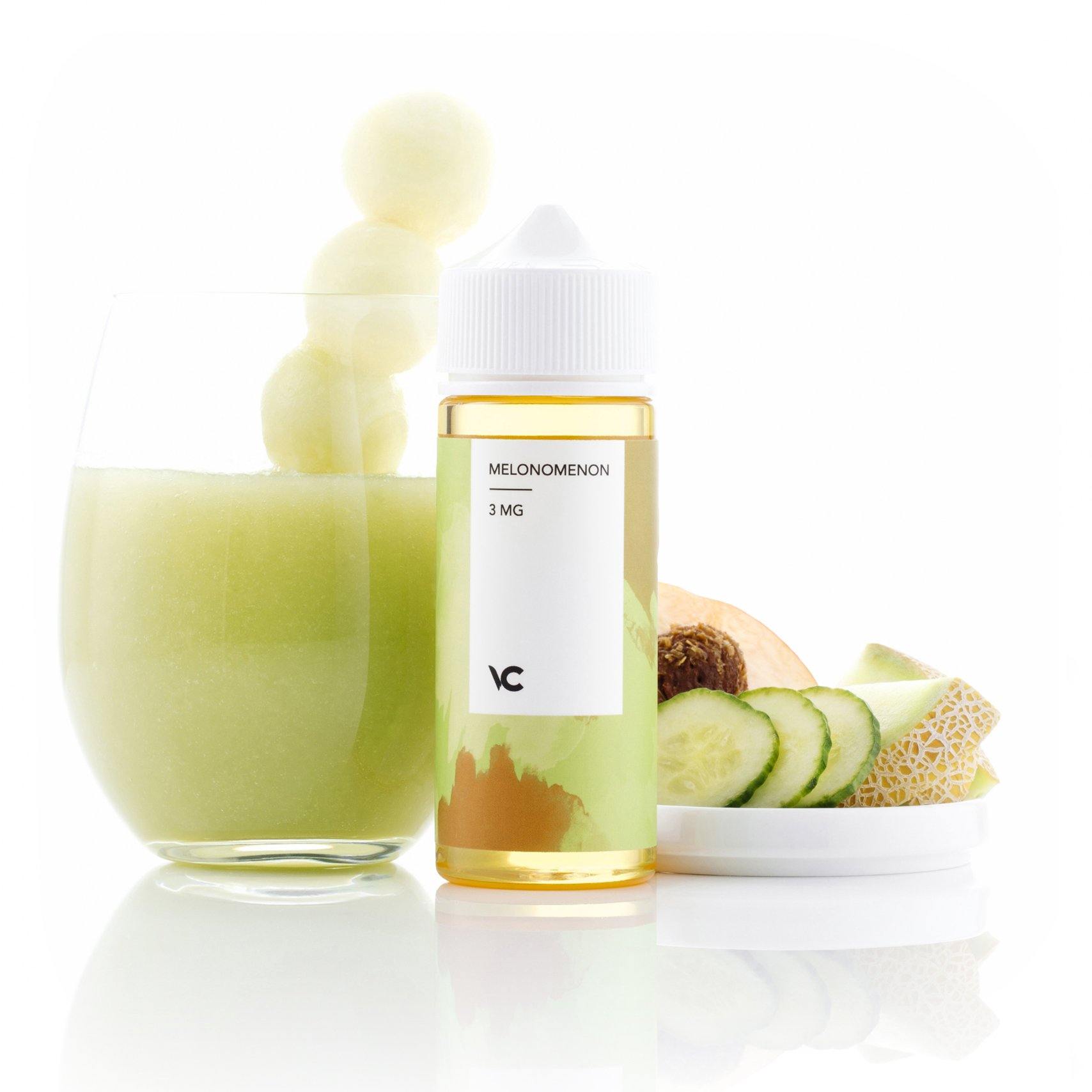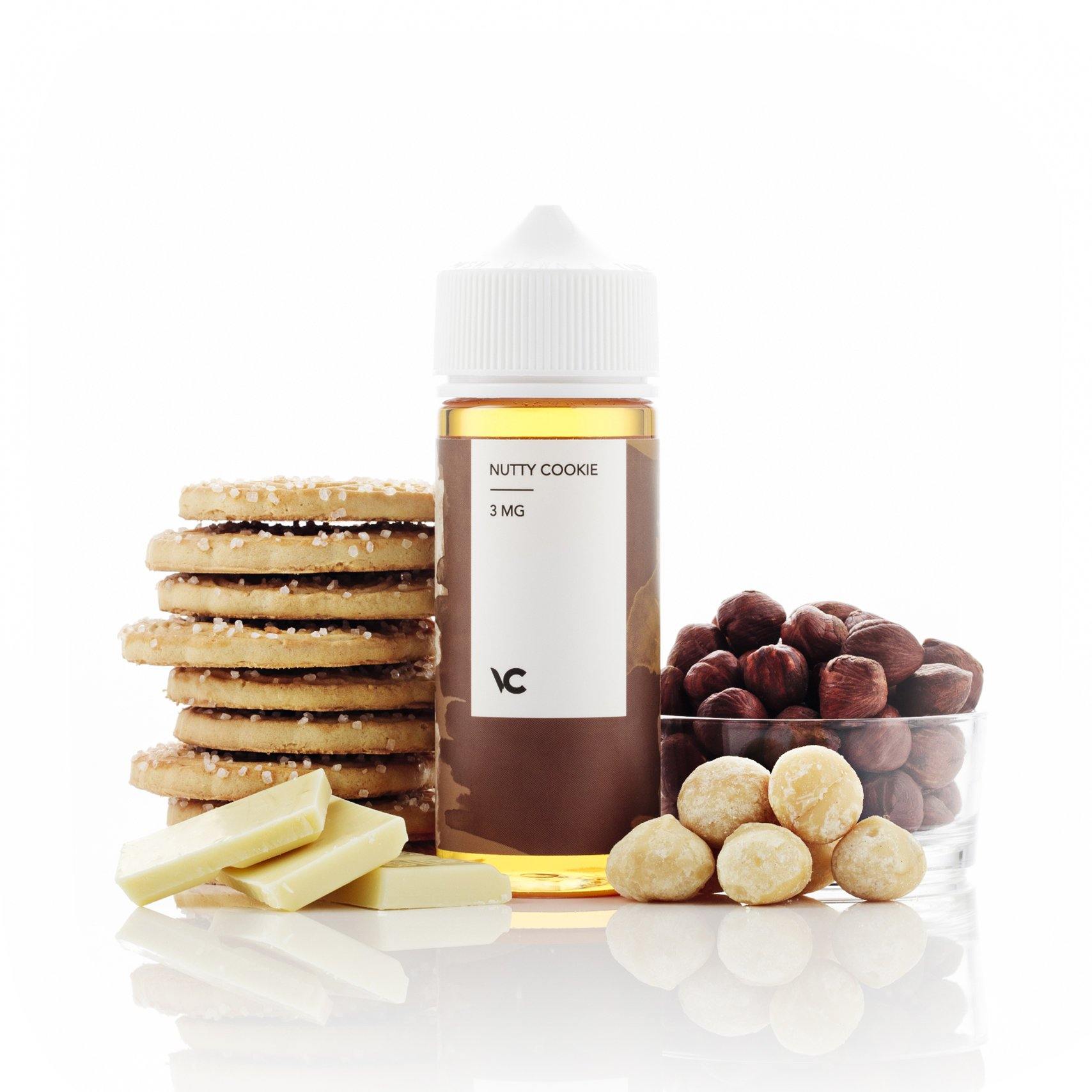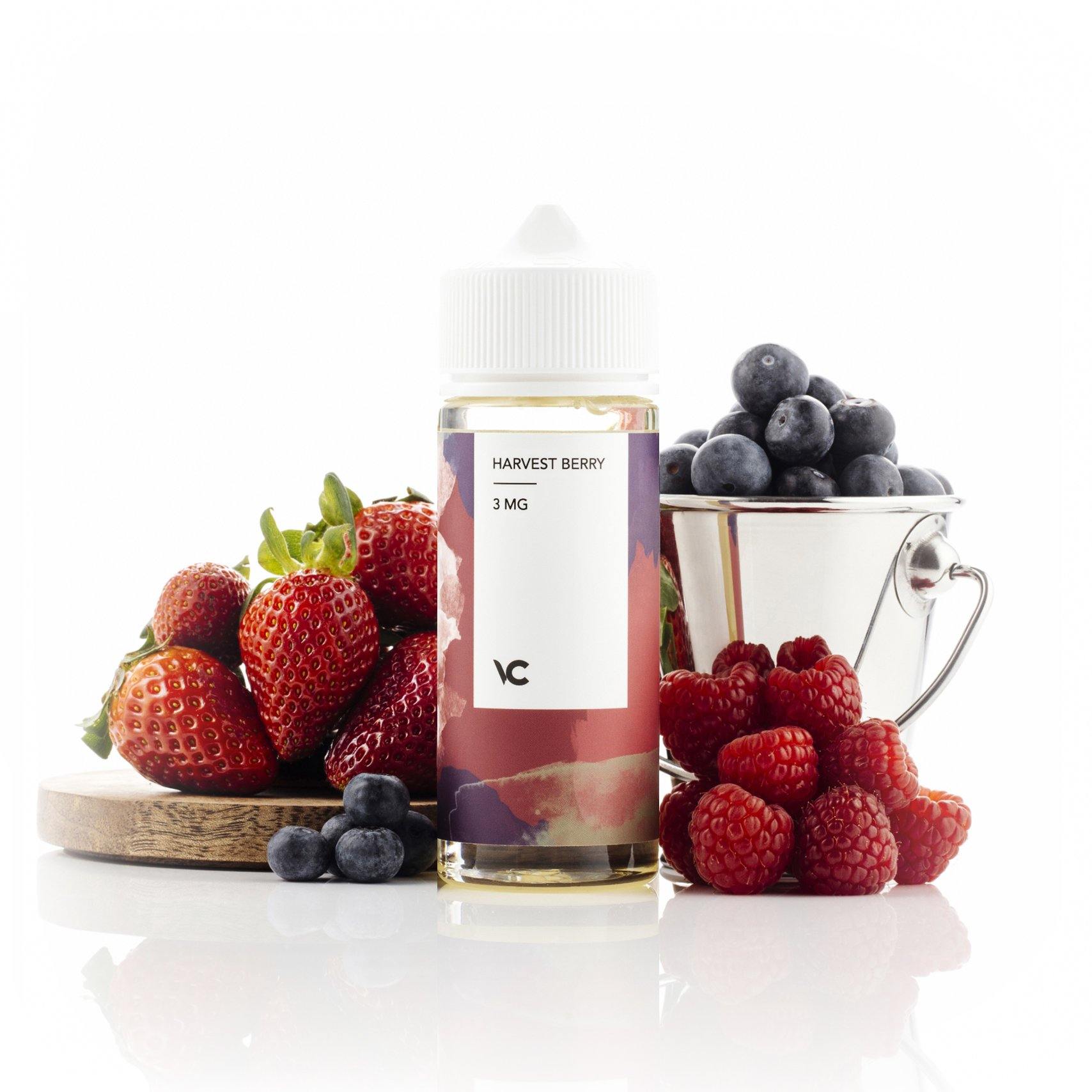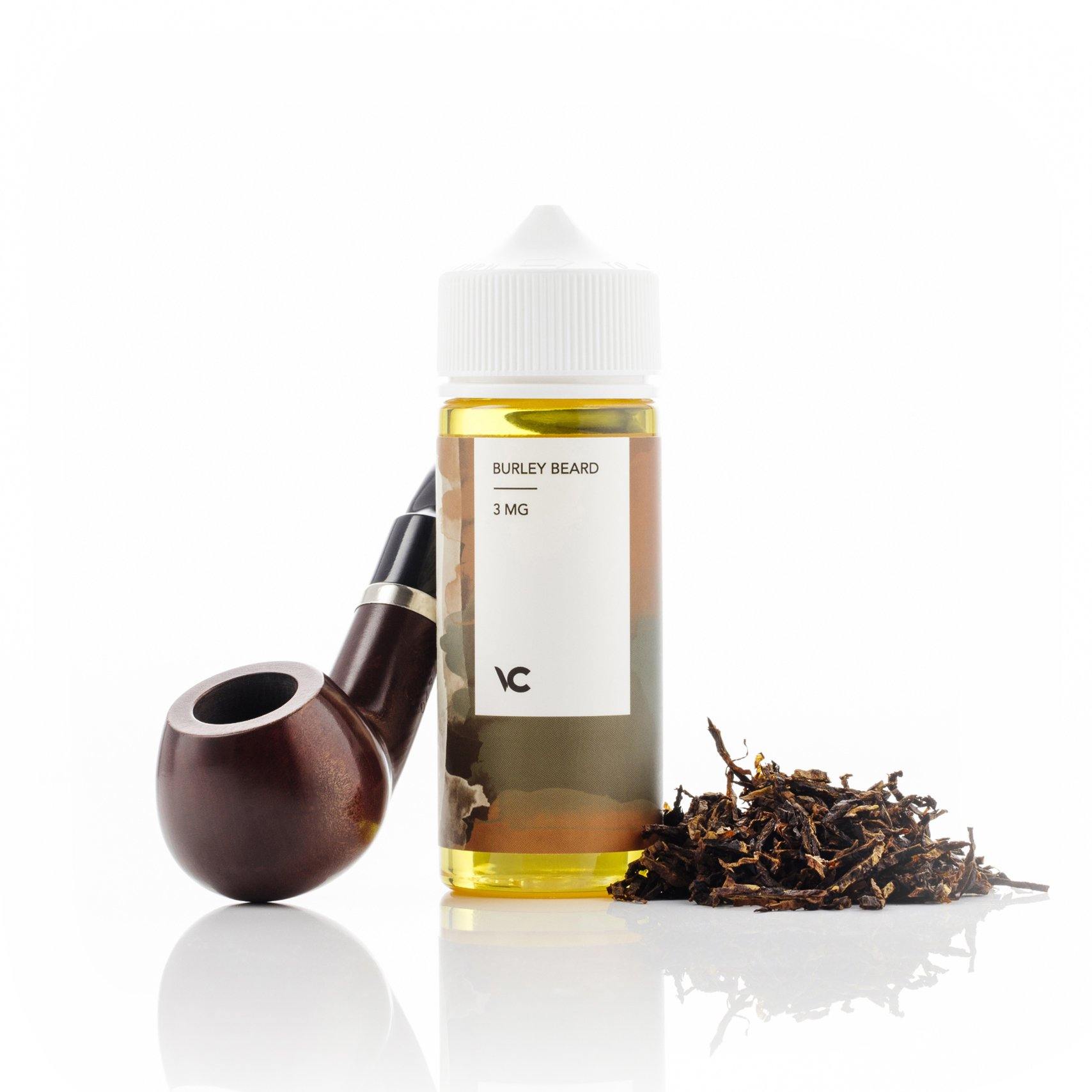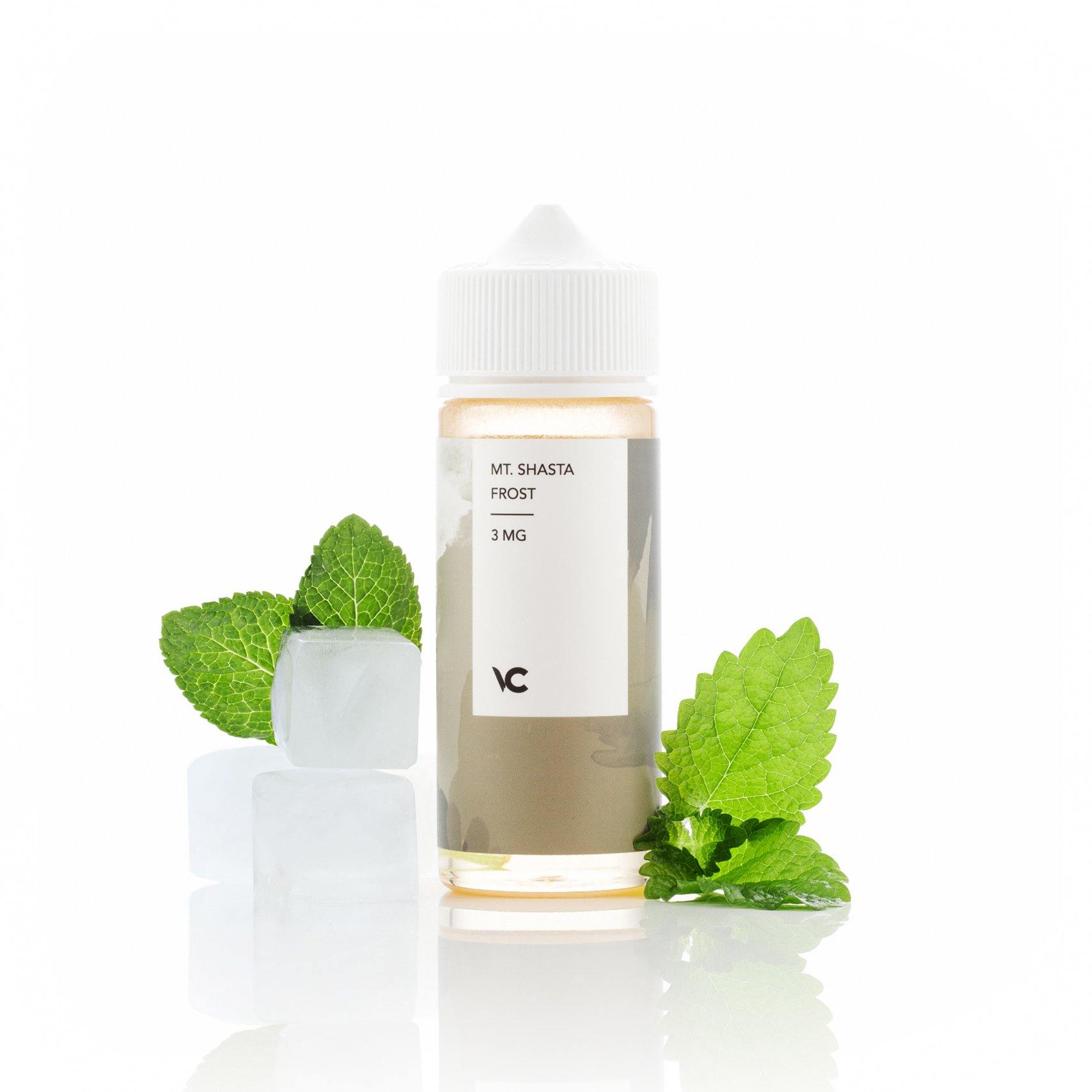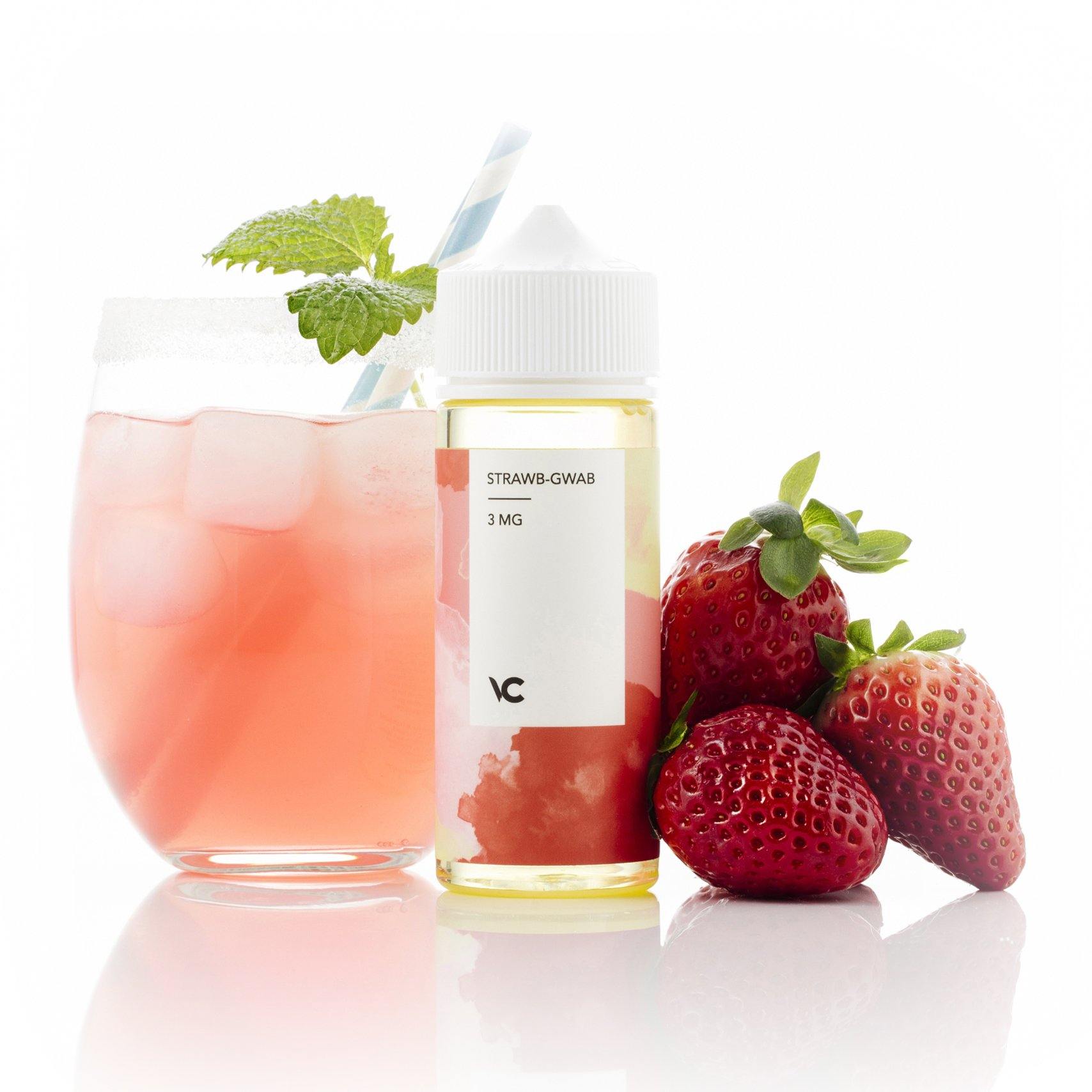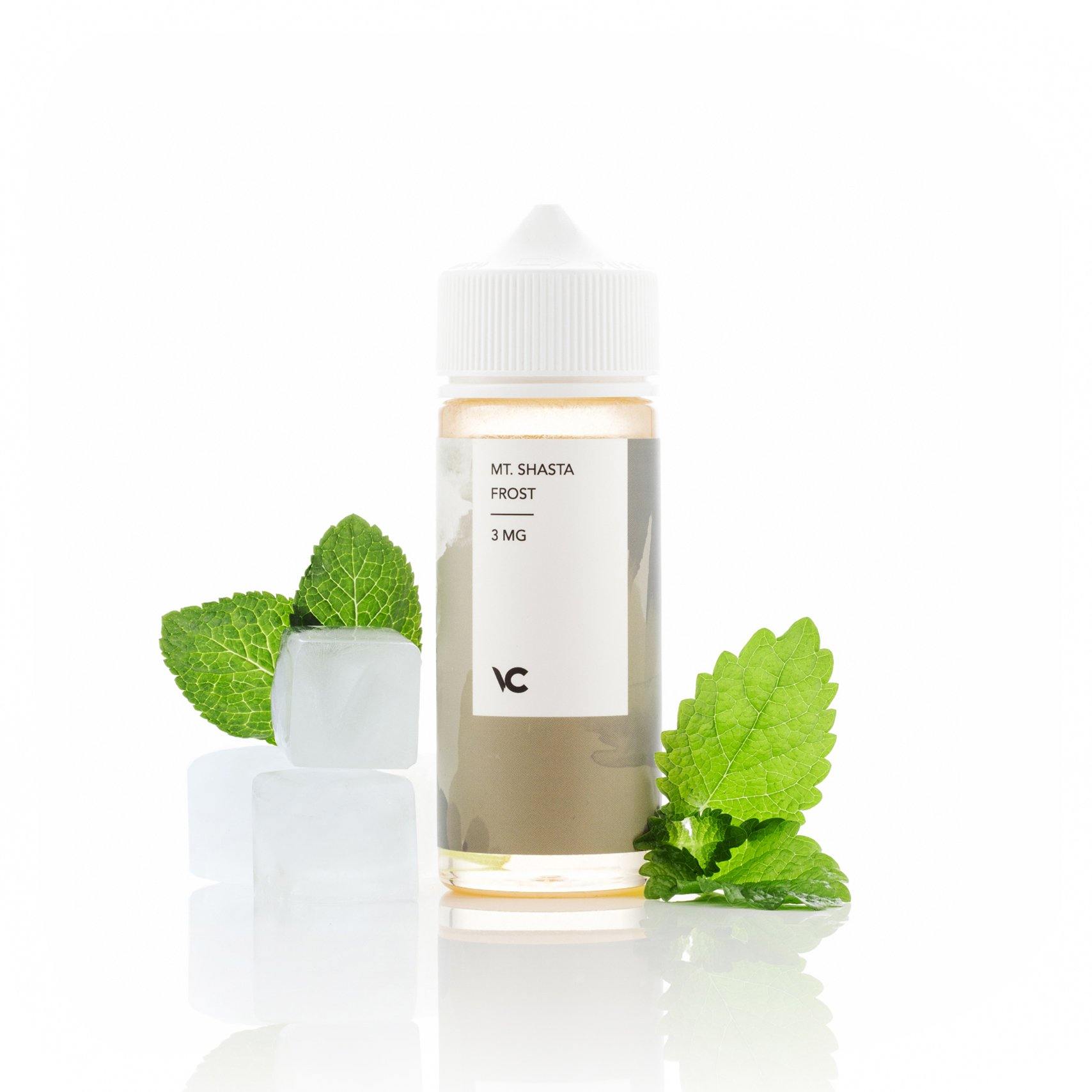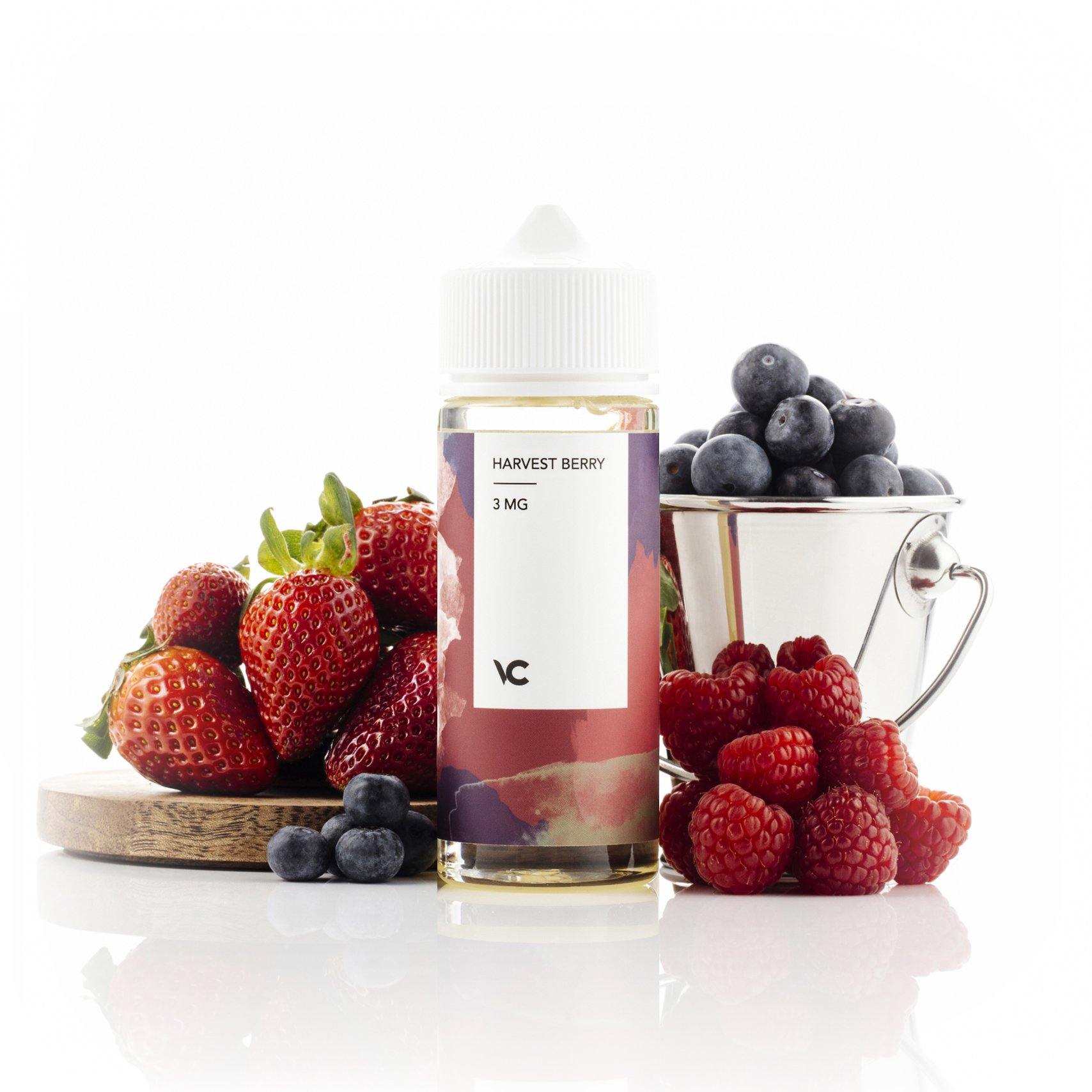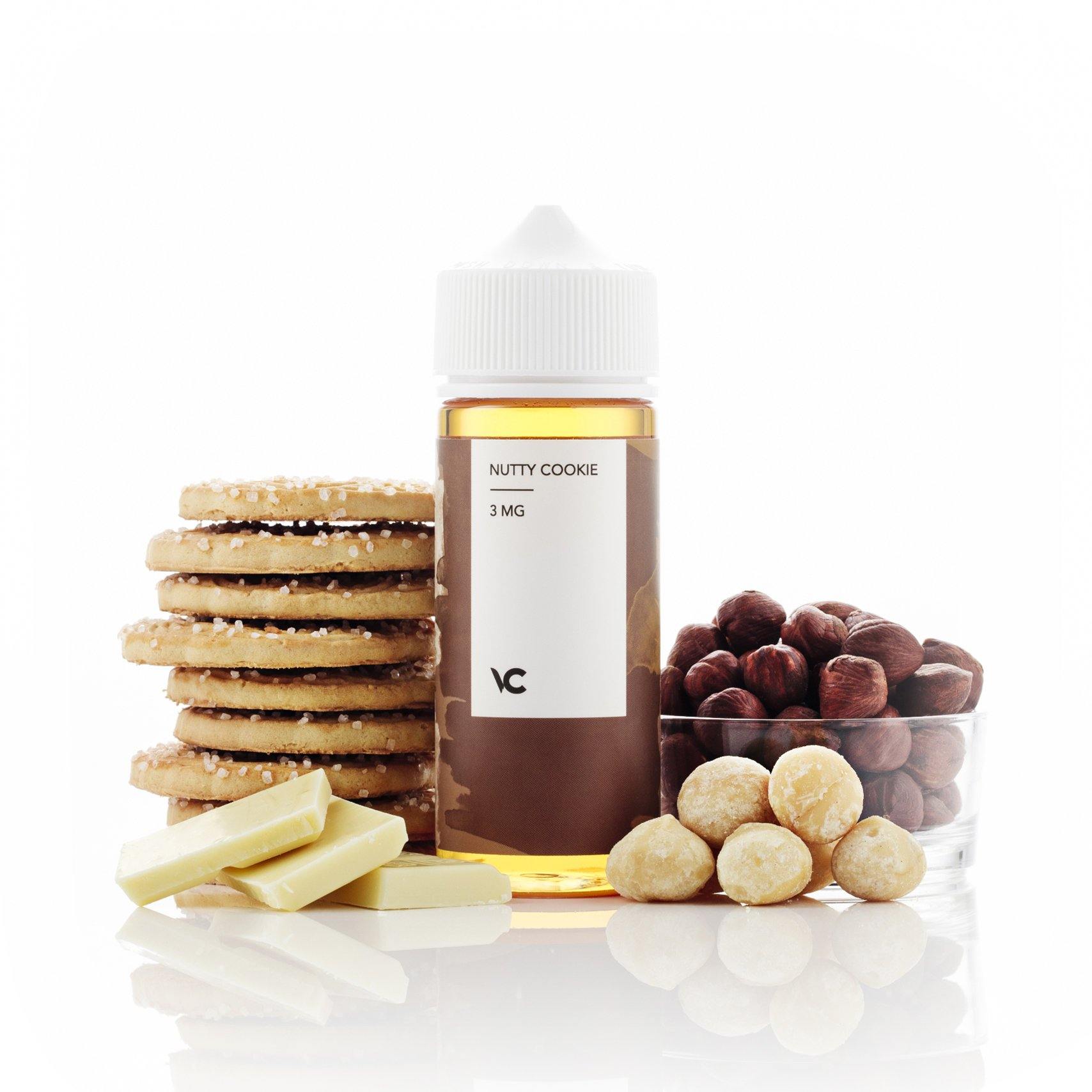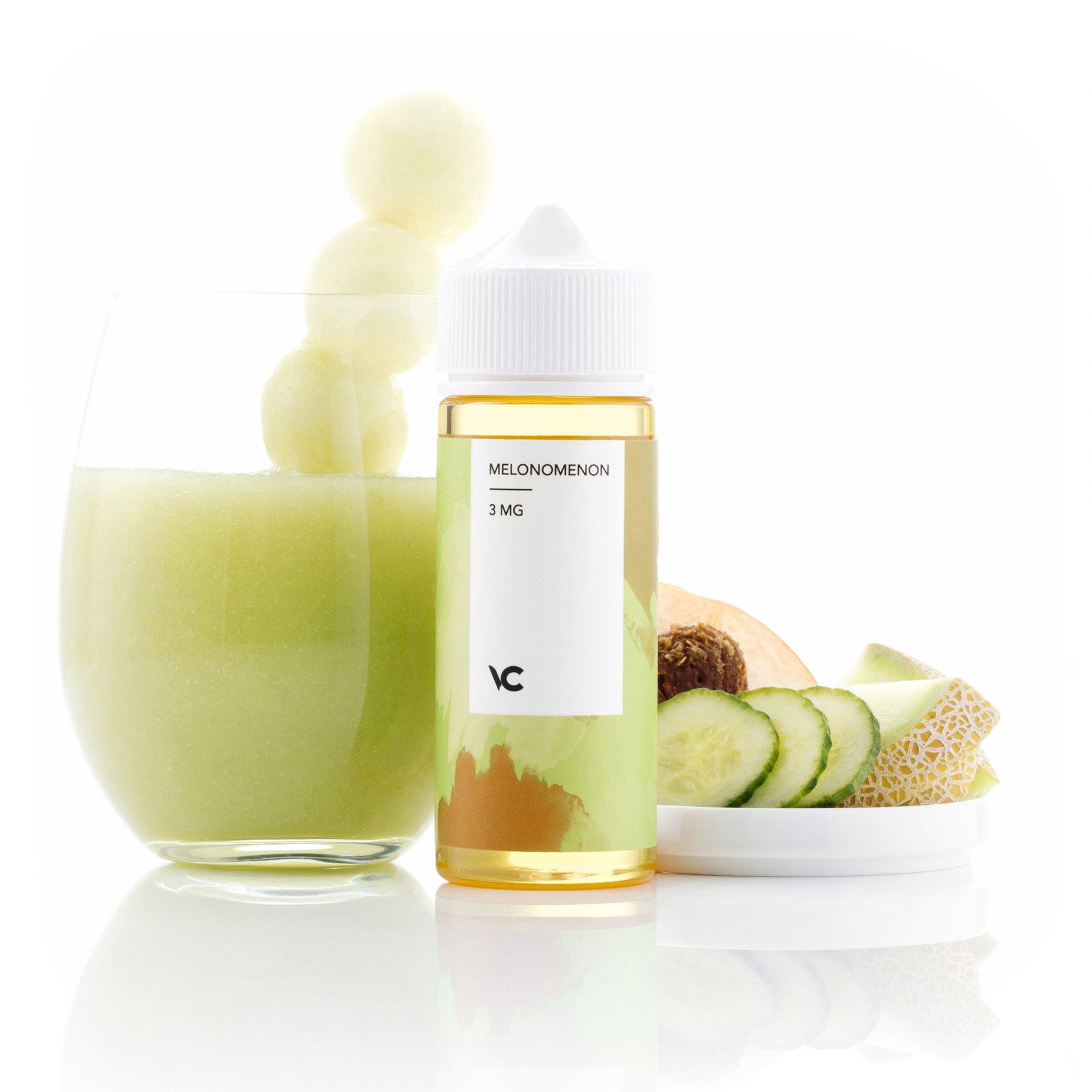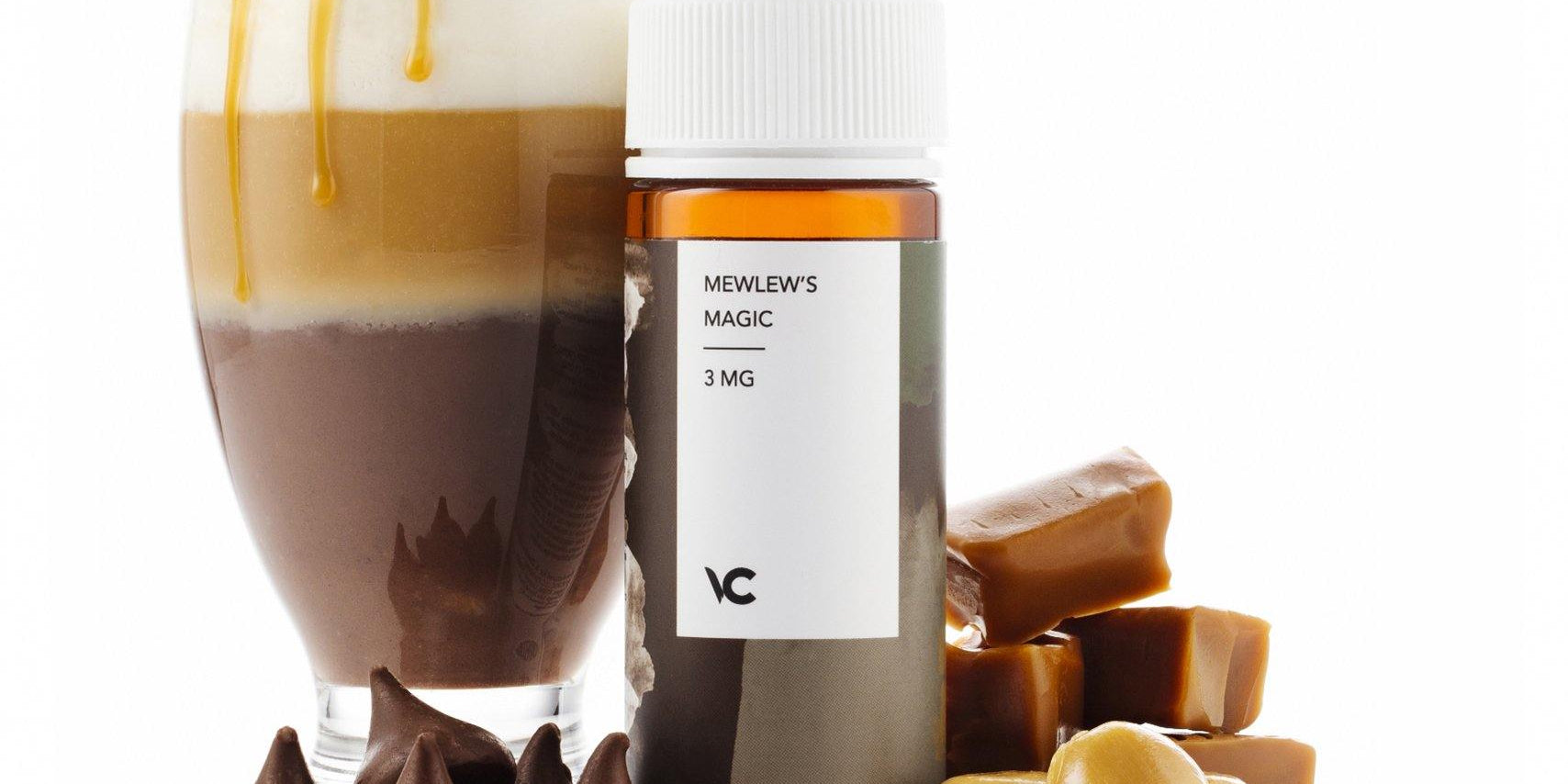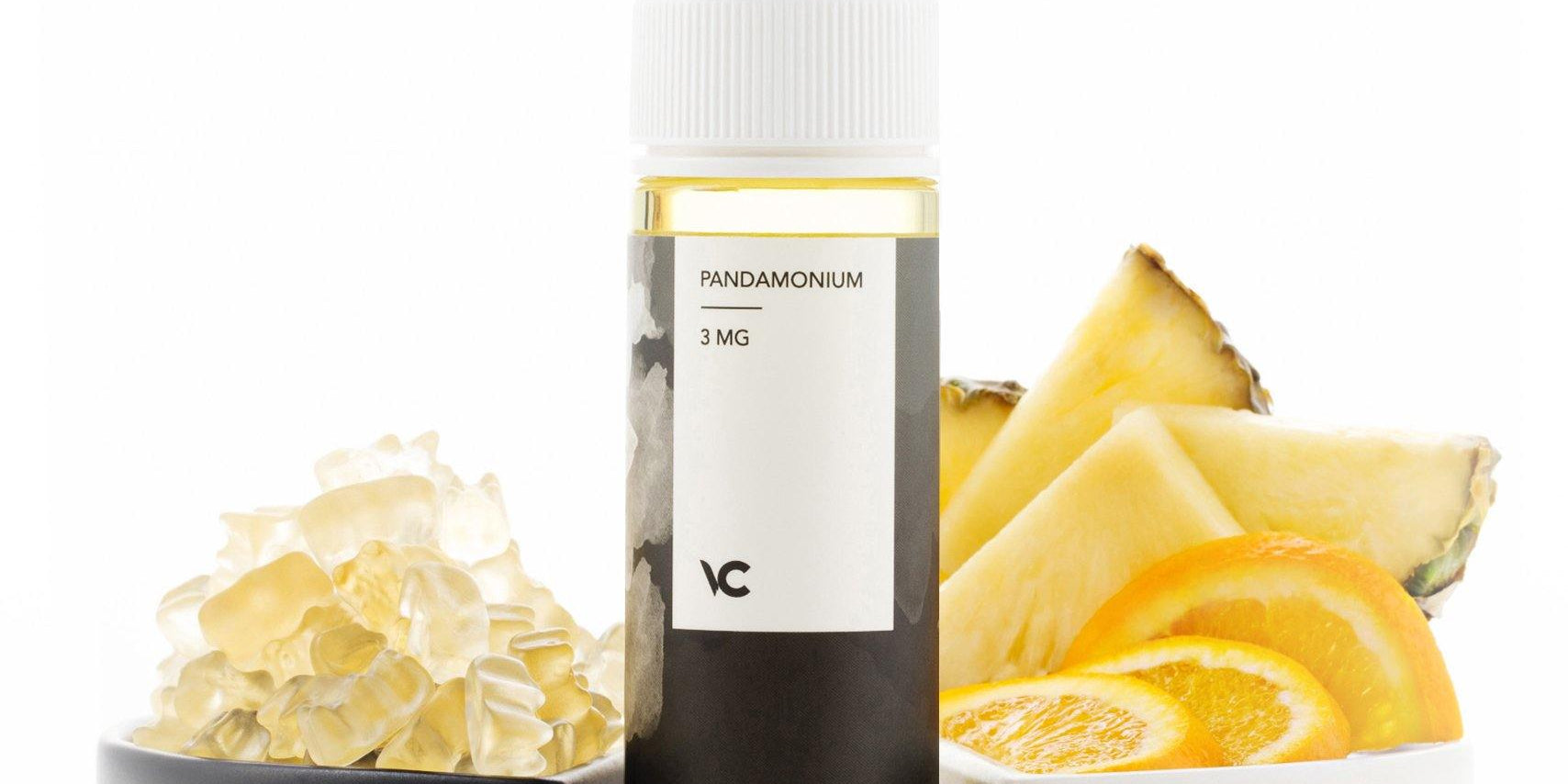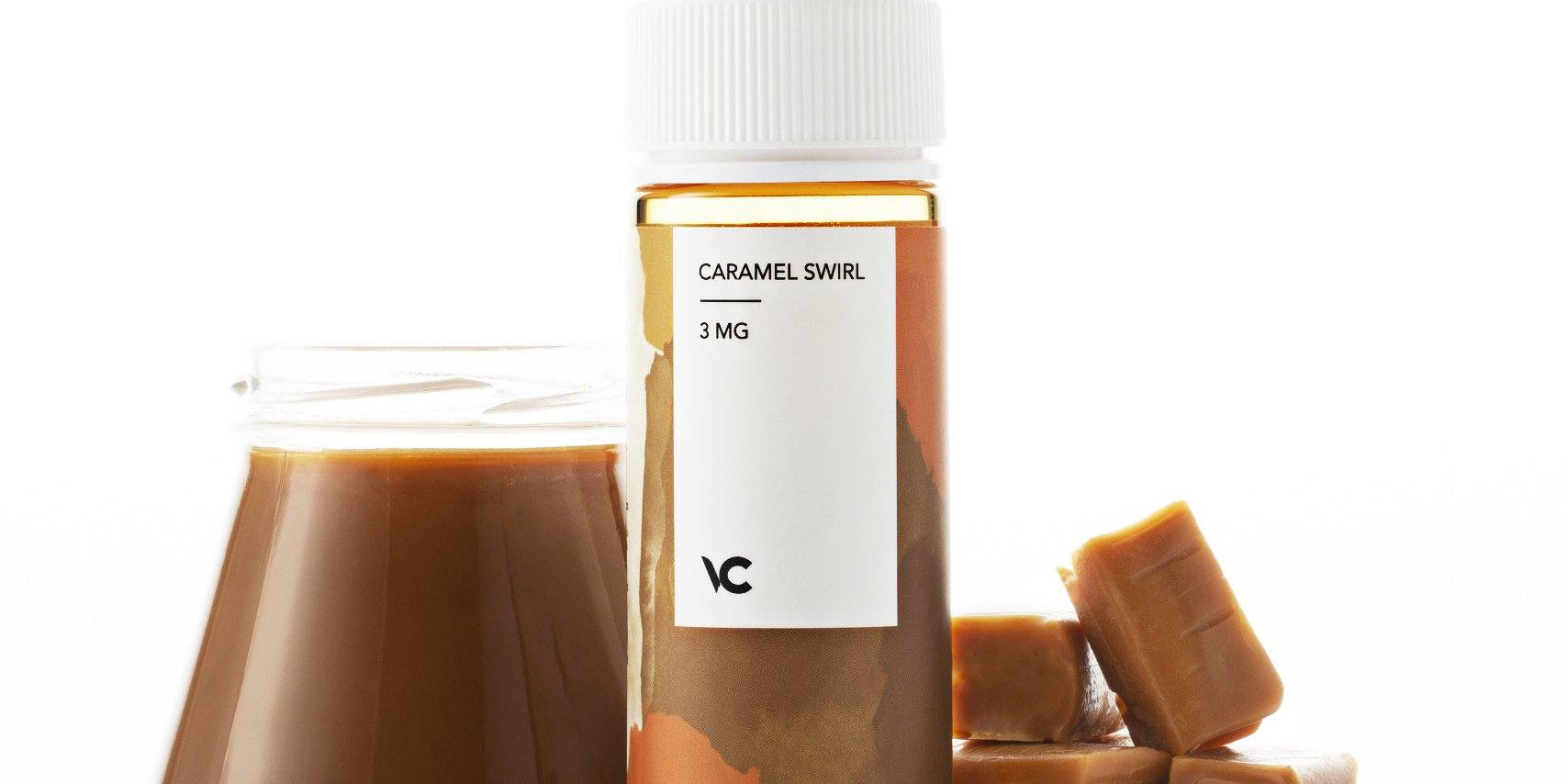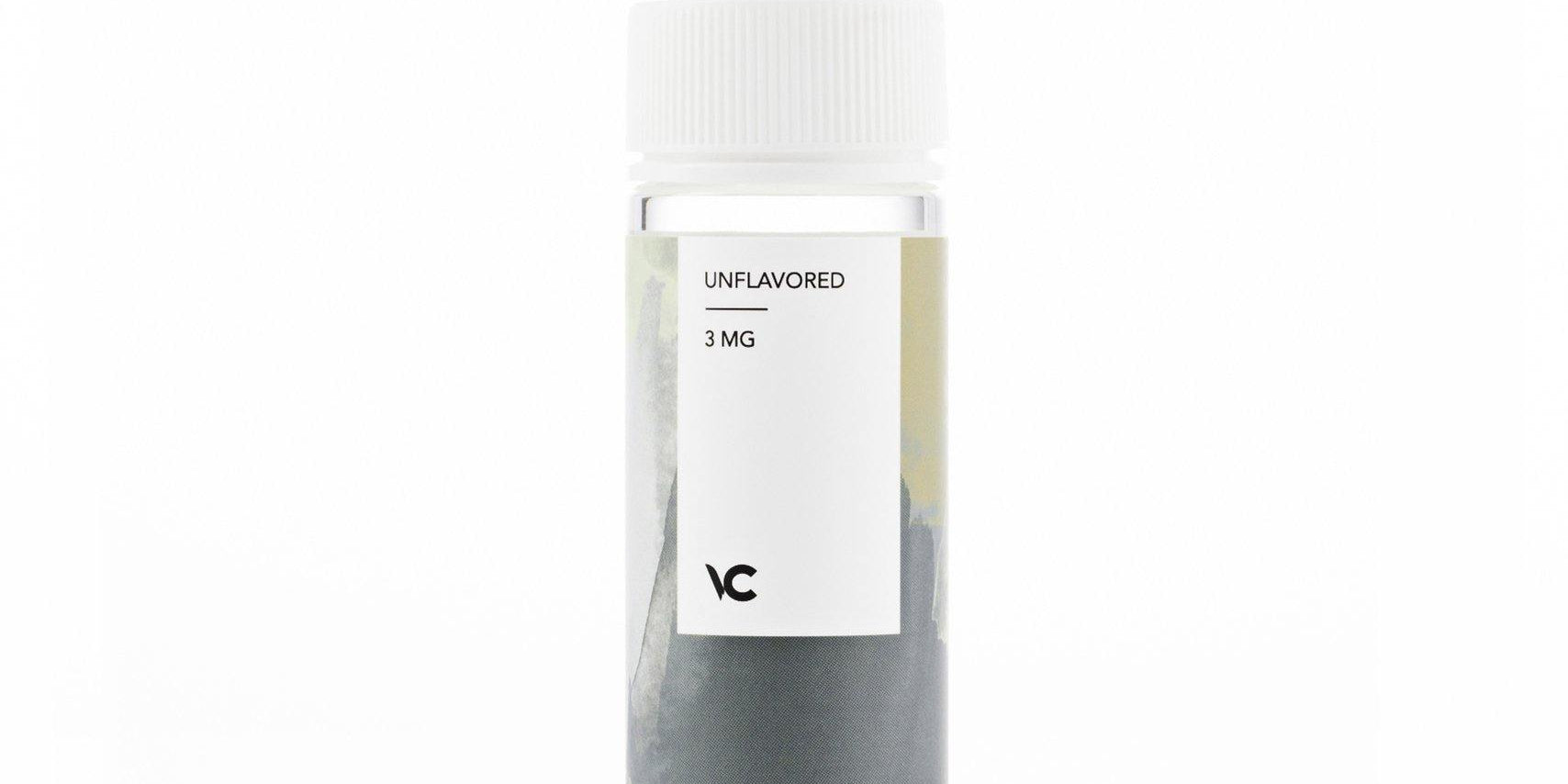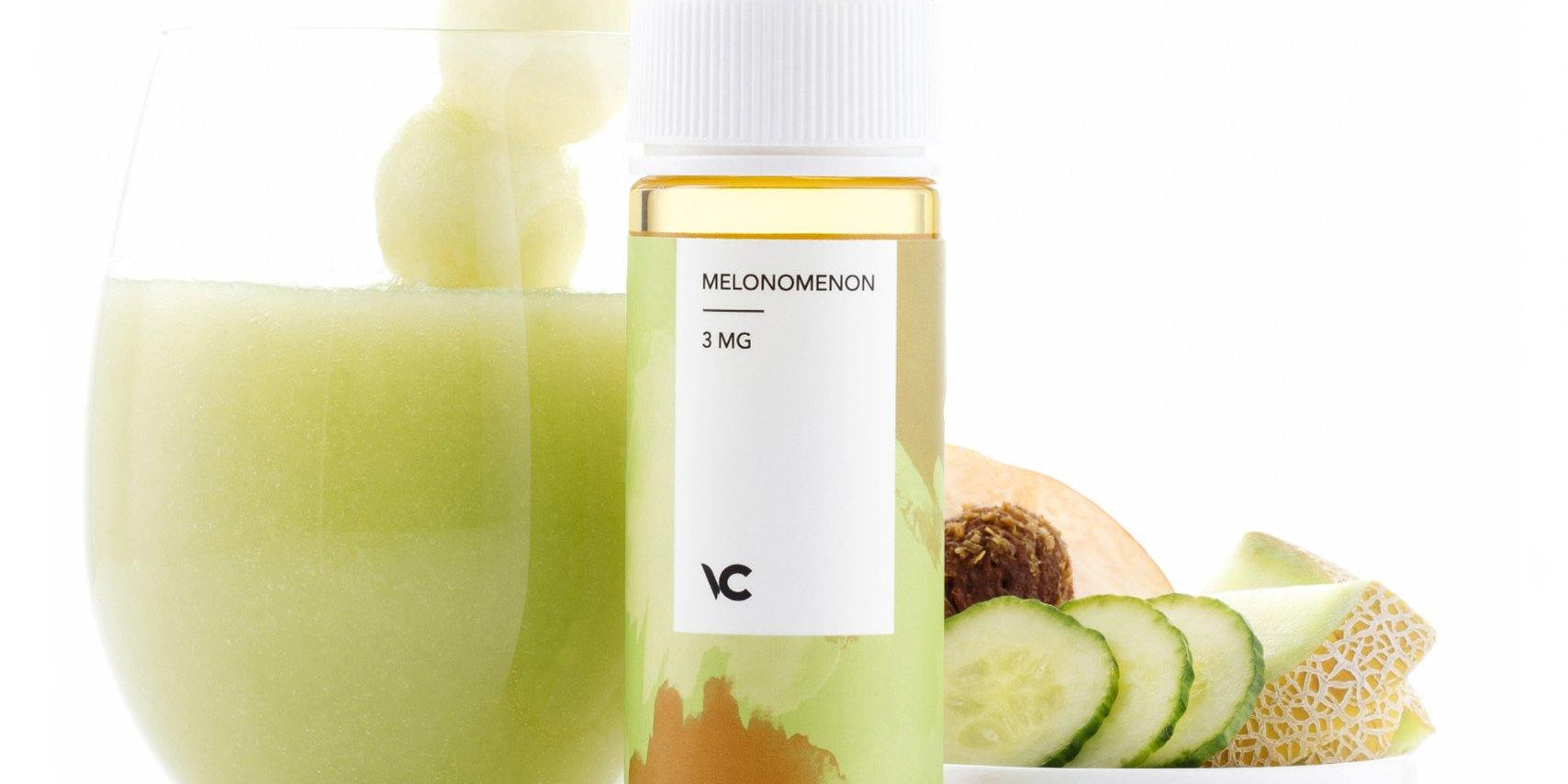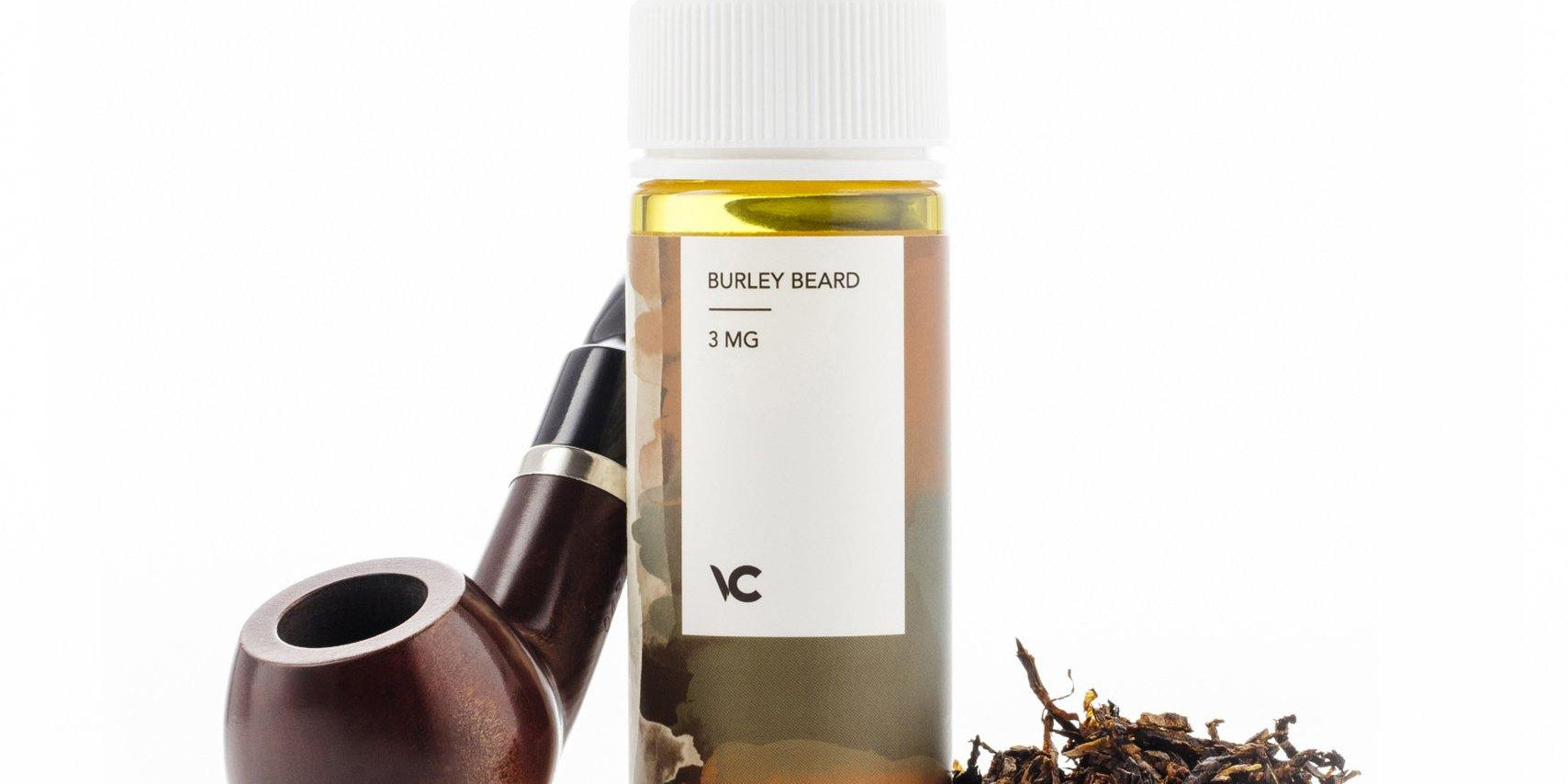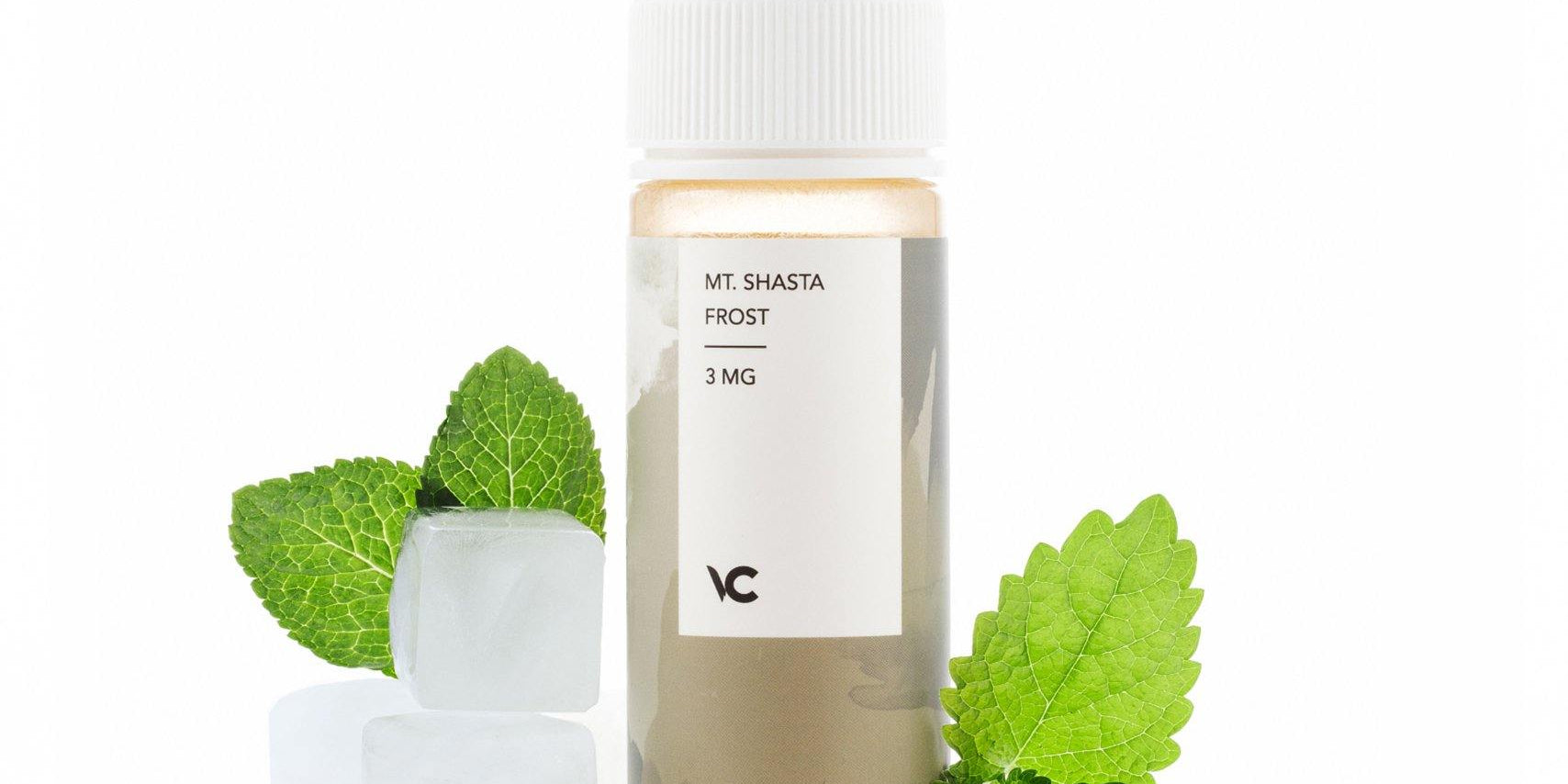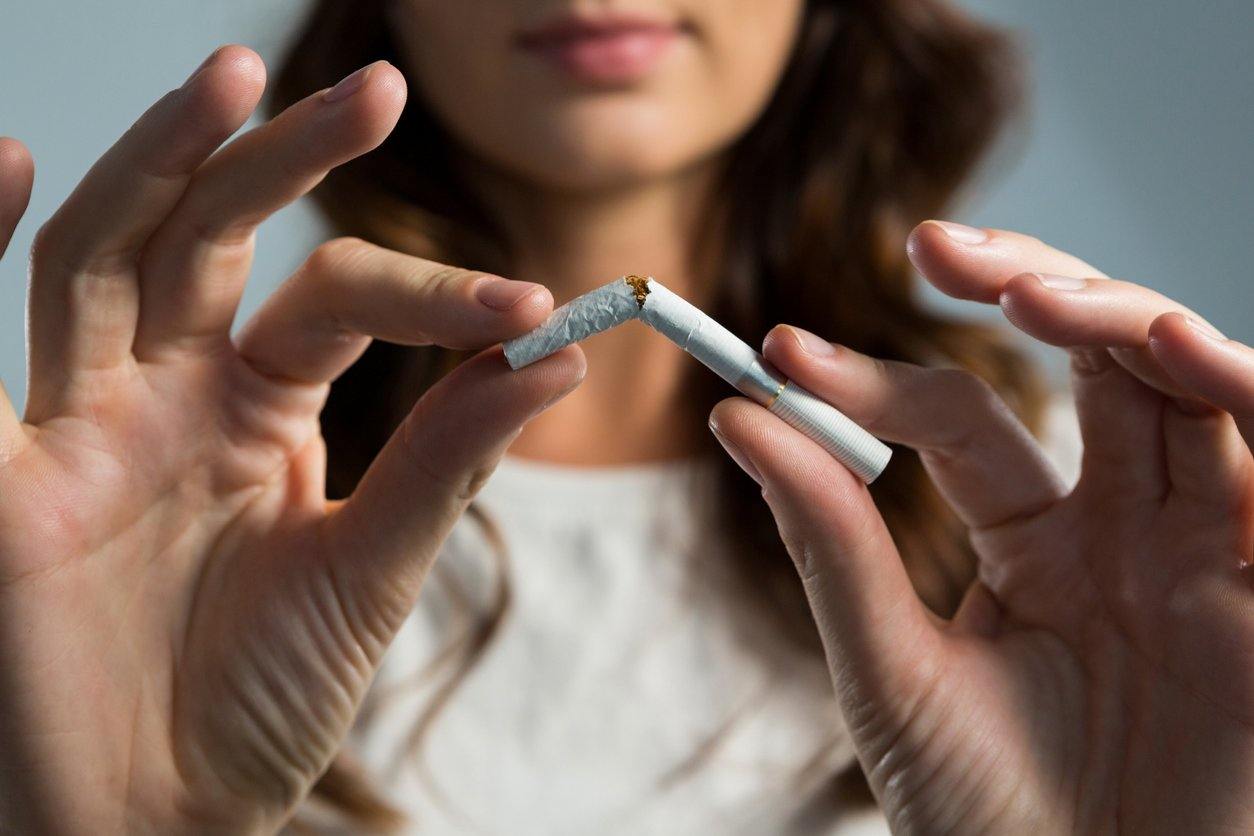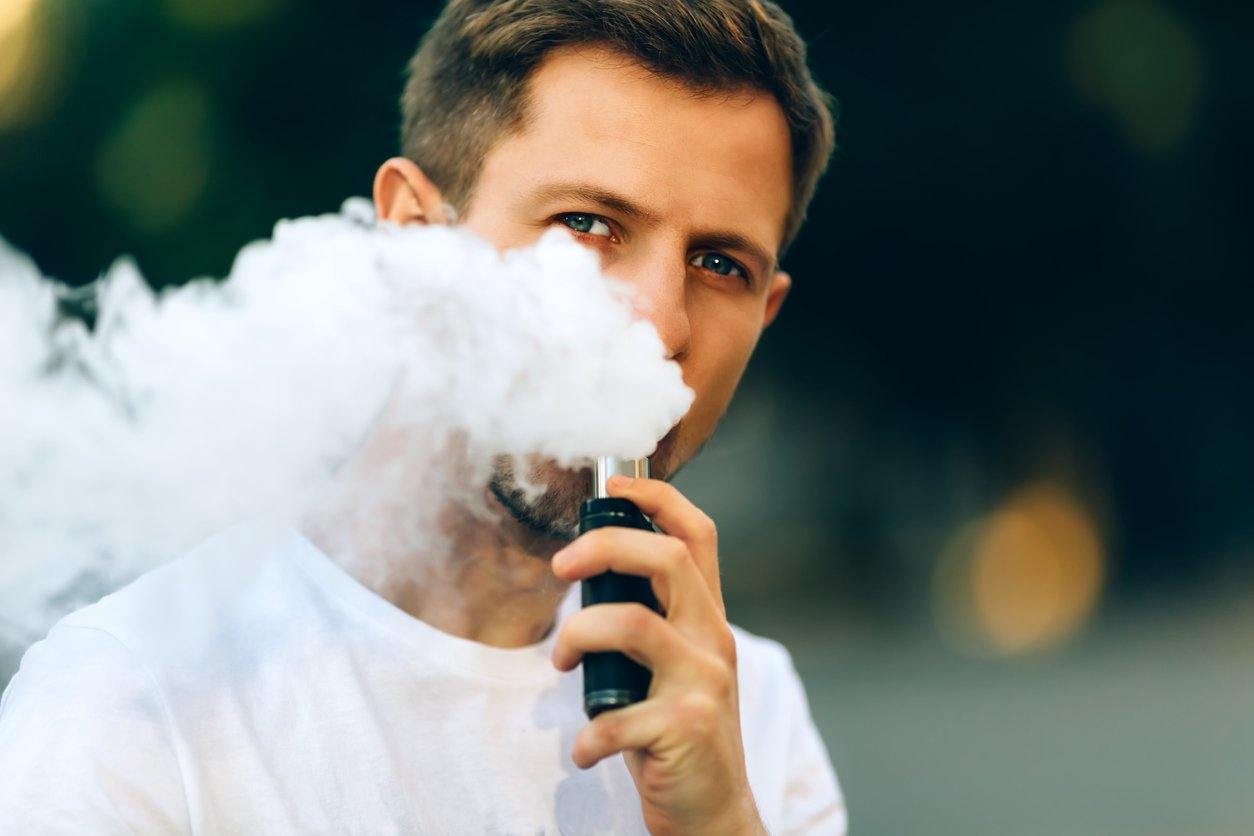Many people may not be aware of the history of vaping which dates back to the time of ancient Egyptians as far back as the 5th century B.C. The vaping experience of these early vapers occurred when they placed herbs and oils onto red-hot stones turning them to vapor which they would then inhale. Similarly, the concept of e-cigarettes aren't altogether new either as they were first imagined by Joseph Robinson back in 1927 and later Herbert A. Gilbert came up with a "smokeless non-tobacco cigarette" in 1963.
Although it was Robinson who originally had the idea, Gilbert is the one who came up with the concept of vaping and patented his invention in 1965. However, vaping and e-cigarettes only began growing in popularity in the late nineties when it was marketed towards smokers and the general public at large. During this time vaping and e-cigarettes weren't overly popular and it wasn't until later they become more commonplace.
An Asian Influence
A more modern e-cigarette was fashioned by a Chinese pharmacist named Hon Lik during the early-2000's whose father's death from lung cancer inspired him towards this design. Hon's product was introduced to the world beginning in Europe and first appearing in the United States in 2007 and has become wildly popular globally.
When it comes to vaping, the ability to adjust the amount of nicotine in the mixture and many different flavors available make it an enjoyable experience and a growing practice. With nicotine-free varieties available, it's believed vaping could be a successful tool to help smokers quit their habit altogether by replacing their traditional cigarettes with safer vaping methods and has the potential of saving millions of premature deaths associated with the regular use of tobacco.
Customization, Terms, And Glossary
As different vaping tools began to evolve over time including pens and other mechanical devices to produce vapors, there are also customizable kits available called MODs. For those content with doing some tinkering when it comes to using their vaping devices, boxed MODs come in the shape of a box, with a cylindrical design or a little bit of both.

The addition of batteries, variable settings with voltage and wattage along with the availability of a supplementary tank makes this a popular choice. Other parts and terms commonly associated with the use of these devices and the practice of vaping include:
- Atomizer and Coil: These are the most crucial components in a vaping device as they provide the actions necessary to create the vapor itself. Typically the atomizer is a tube which includes the coil and upon activation, it heats up the coil which in turn produces vapor from the liquid inside the container.
- Building, RDA and RTA: A DIY method of "building" is available as a kit usually implementing an RDA (rebuildable dripping atomizer) or RTA (rebuildable tank atomizer) as a more customizable method of vaping. Its said RDAs produce more intense flavors but users of RTAs swear by the taste these models produce.
- Cartridge and Cartomizer: If a device doesn't have a tank, it uses a cartridge instead as a container for the liquid. Cartomizers combine the liquid with the atomizer and are disposable in some cases.
- Dripping: This is a manual method of dripping the liquid into the device compared to the atomizer automatically dispensing the e-liquid. This control allows users to increase or decrease how much liquid is used which results in thinner or thicker smoke. This technique also changes nicotine levels in the device and excessive exposure to this substance could be dangerous so this method should only be used by experienced vapers. Dripping generally requires manually assembling the coil and priming the device for operation.
- E-Liquid: This is basically the fuel that forms the actual vapor inside a device and typically contains a blend of nicotine, other chemical compounds and flavorings. If the liquid includes nicotine, users are able to choose the strength of this substance.
- Propylene Glycol: To deliver nicotine from inside these mechanisms one of the two basic liquids used is propylene glycol or PG. It's used to transfer a variety of different substances and is considered safe for humans to use. Propylene glycol is found in other inhalants including some of the devices used by those suffering from asthma.
- Sub-OHM Vaping: OHM (or one ampere as an electrical term of measurement) is a method of adjusting the atomizer coils to reduce the resistance to less than one. This practice gets more vapor out of a device due to the lower resistance of the coil. Some users believe sub-OHM vaping produces additional flavor while others think it just provides for more vapor. This method could put additional stress on a device, there's an increased risk of injury so this isn't an approach for beginners to attempt.
- Temperature Control: Many companies make more advanced vaporizers with manual temperature controls since the heat of the coil affects the quality and taste of the vapor that's being produced.
- Vaper vs. Vapor: Quite simply, a vaper is one who vapes while vapor by definition is something that is normally a liquid becomes a visible, gas-like substance floating in the air.
- Vegetable Glycerine: Another liquid available for the use in vaping devices is vegetable glycerine also known as VG or a Max VG blend and is made primarily of plant oils that often have a sweet taste. There are many benefits to using vegetable glycerin over propylene glycol as it's reputed to produce less irritation to the throat and VG blends are becoming increasingly more popular.
Here at Velvet Cloud, we relish in all things vaping and proud providers of many vapor blends and liquids for use in electronic devices especially those that use a Max VG blend. Our sole purpose is specializing in our liquids ensuring the best in quality and taste for vaping enthusiasts from beginners to seasoned veterans of this practice. We believe the future of vaping is a bright one and invite you to shop at our online store, visit our FAQ page for more information or contact one of our staff members if you have any further questions.
